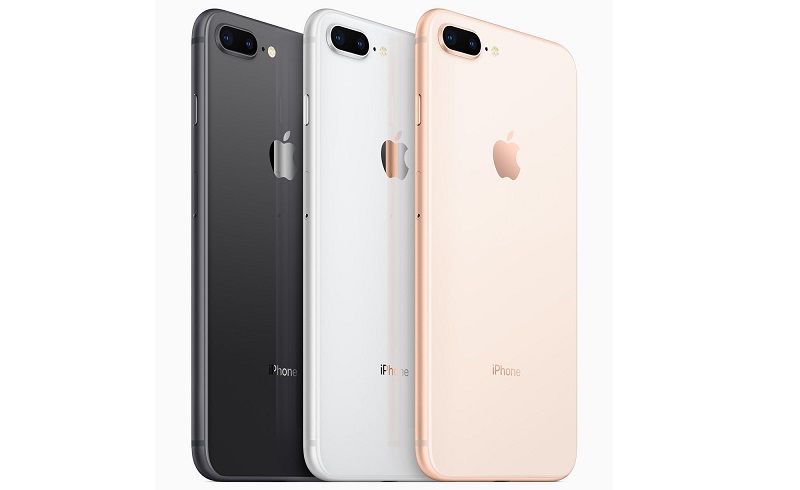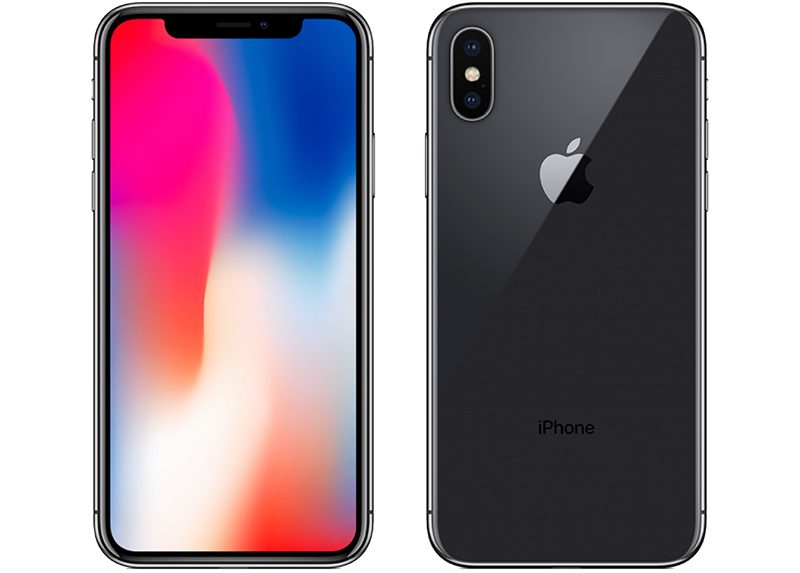
Last week, the announcement of new iPhone models in Cupertino, California — where Apple’s new 175-acre headquarters (nicknamed the “spaceship”) is located — sent the world into a frenzy once again. CEO Tim Cook unveiled the iPhone 8, its bigger sibling, iPhone 8 Plus, the Apple Watch 3, as well as its first premium-tiered gadget iPhone X (pronounced “ten”). Why launch two smartphone models at the same time, you ask. The slightly more familiar iPhone 8 is a viable upgrade, which appeals to Apple’s core customer base. But the evolutionary iPhone X — the blueprint for “the future of the smartphone”, as the company claims — addresses the criticism over the brand’s lack of innovation.

The iPhone X, Apple’s much-anticipated 10th anniversary product, sports a radical redesign that comes with a suite of new technologies. Equipped with Apple’s latest processor, the A11 Bionic, the iPhone X drops the traditional home button for an all-screen design and features the new OLED Super Retina Display, which houses a new TrueDepth camera system for its Face ID facial recognition technology. The latter is used to unlock your device and authenticate payments, which means you can soon pay for coffee or groceries with your face.
And because normal emojis are so boring, Apple has introduced Animoji, which uses face-recognition technology and your voice to create live emojis that mimic your facial expression. Instead of a regular selfie, you can send an iMessage to your friends in the guise of a talking unicorn, a chicken or a pile of dung. In the near future, it is also possible for the facial-tracking software to not only mimic your emotion but also predict it. So far, so cool (or creepy, depending on how much you value your privacy).
Ten years on, Apple has managed to maintain its cultish appeal that has forged undying loyalty among its customers. Every new launch and tweak of its gadgets has had tech geeks and fans buzzing with anticipation. In truth, Apple did not have it easy — the company was close to going bust in the 1990s when Bill Gates catapulted Microsoft to the forefront of the computing world. But the late founder Jobs, who returned to Apple in 1997, steered the company to new fortunes by offering customers what they need tomorrow, not what they want today. The obsessive, competitive and relentless Jobs, who loved to trumpet his ambition to change the world, turned an underdog into an embodiment of a lifestyle.
Perhaps, it was Jobs’ innate marketing instincts — as well as the company’s grassroots publicity technique and impeccable understanding of design aesthetics — that continue to woo generation after generation of Apple enthusiasts. The brand’s personable tone of voice and retail strategy that instils a series of engineered desires among users further enhance its visibility in a crowded field of tech giants. In a world where exclusivity is key, Apple has established a unique position by draping its products in superlatives and branded language.

Of course, there are times when Apple takes its wacky vision and “branded language” a step too far. As part of its plans to upgrade the company’s retail efforts, Apple will rename its “stores” “town squares” because they act as gathering places for people to learn, connect and be inspired. Yes, it is true that kids huddle over iPads to play games while adults comfortably tinker with the latest gadgets in a WiFi-equipped space. But here is the problem: the Apple “town square” is not a public place, especially if it is a shop that cajoles you into buying a US$999 iPhone X. The branding strategy is as pretentious as calling the super popular “raindrop cake” inventive when the dessert is basically just glorified agar-agar.
Nonetheless, that will not stop devout fans from lining up at the store for upcoming Apple gadgets, which have long been signifiers of style and status.


